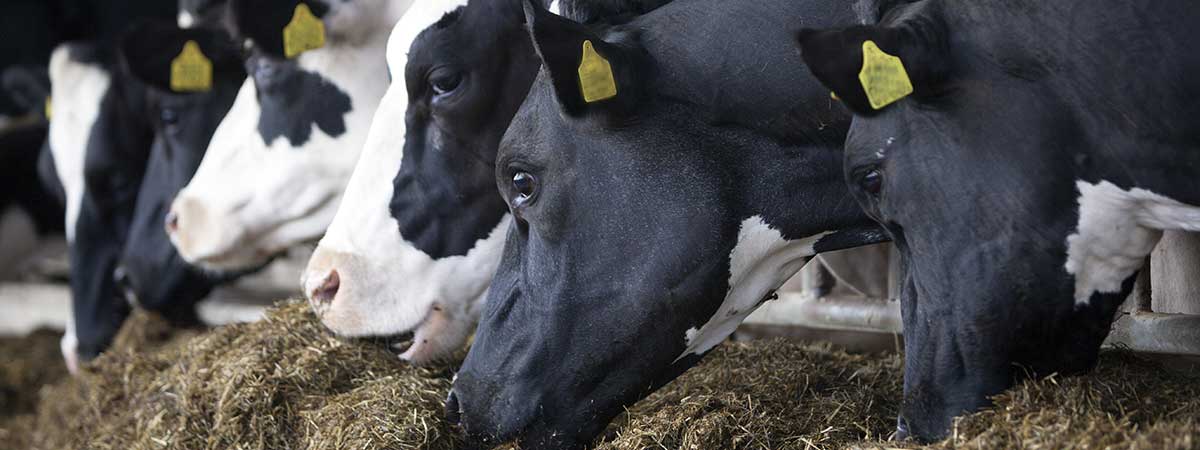Over the past two decades, a reproduction revolution has occurred in the dairy industry. Twenty years ago, the 21-day pregnancy rate in U.S. dairy herds averaged about 14% with conception rates rarely exceeding 40%. In 1998, the annualized 21-day pregnancy rate goal was 20% which few herds could achieve. Today, the average 21-day pregnancy rate in the U.S. exceeds 21% with more than 60% of DRMS Holstein herds achieving 21-day pregnancy rates greater than 20% with average conception rates that exceed 50% in high-producing Holsteins. Despite this increase in reproductive performance, many veterinarians, nutritionists, and consultants observe dramatic variation in reproductive performance among herds that manage reproduction using the exact same reproductive management programs. Although on-farm protocol compliance with complex fertility programs that require multiple treatments across many days remains an issue, it cannot explain all of this variation among herds. We can now clearly define a relationship in which herds that manage to get their cows pregnant rapidly after the end of the voluntary waiting period calve cows at a lower BCS which in turn leads to more cows maintaining or gaining BCS after calving. Cows that maintain or gain BCS after calving have greater fertility than cows that lose BCS. The High Fertility Cycle coupled with the dramatic increases in reproductive performance due to the development and adoption of fertility programs is a new paradigm that we can now use to explain much of the variation in reproductive performance among herds.
What You Will Learn
- Change in body weight (BW) or body condition score (BCS) postpartum or during the periparturient period dramatically affects embryo quality, reproductive outcomes, and transition cow health.
- The high fertility cycle coupled with the dramatic increases in reproductive performance due to the development and adoption of fertility programs is a new paradigm that we can now use to explain much of the variation in reproductive performance among herds.
- How timely pregnancies in one lactation may lead to less BCS loss, fewer health issues, greater fertility, and reduced early pregnancy losses in the next lactation.
Accreditation Available
- ARPAS: 1 Credit



